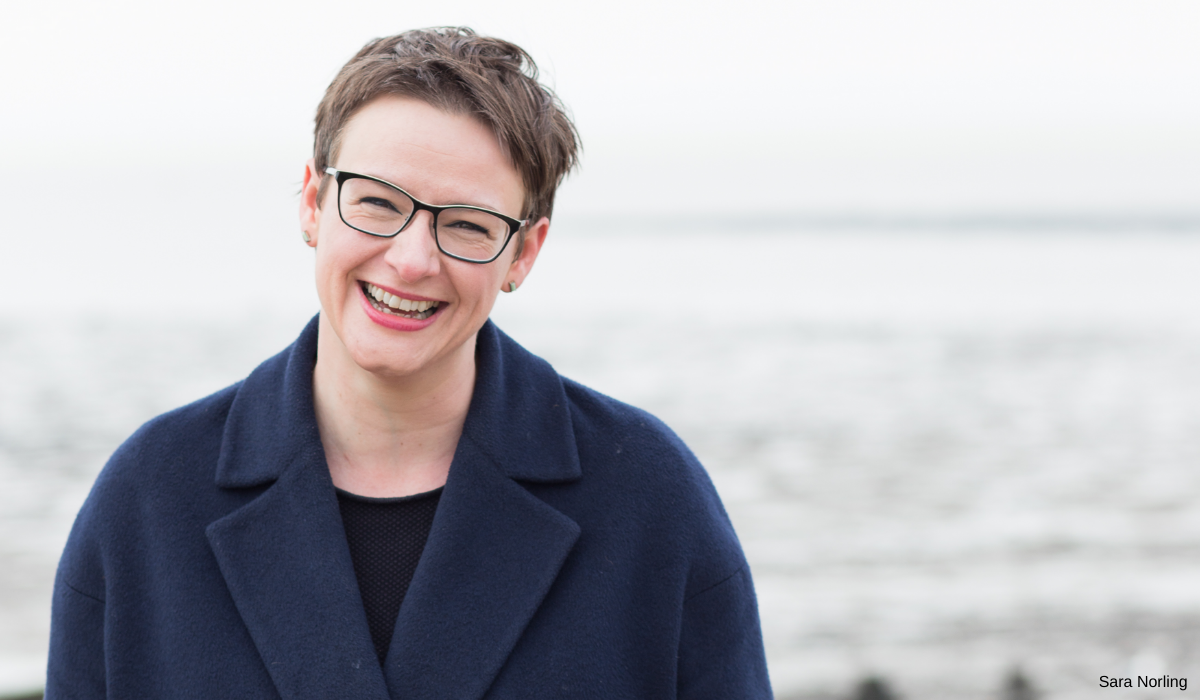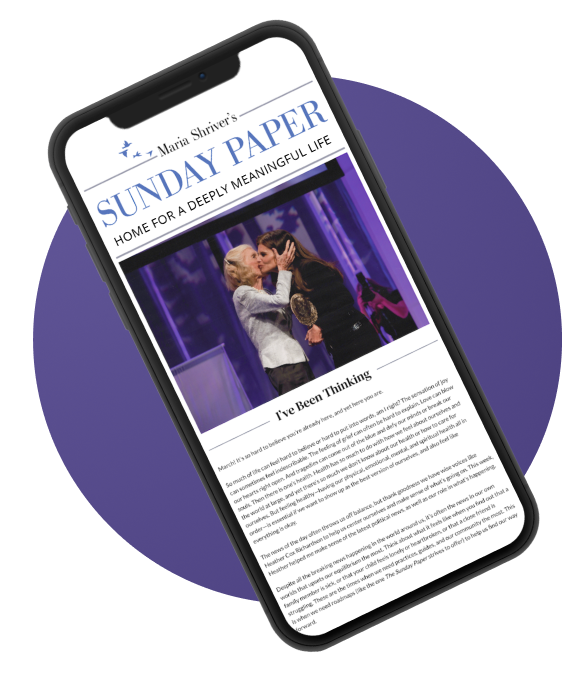Why ‘Wintering’ Is Crucial to Our Well-Being

With the first official day of Winter upon us (hint: it’s tomorrow), many of us are beginning to dread the drop in temperature and hours of daylight, especially during a pandemic. But what if there was another way to think about Winter? What if instead of fighting the darkest season of the year we embraced it? Perhaps we could even learn from it as we navigate dark periods in our own lives?
Reframing Winter is what writer Katherine May set out to do in her new book, Wintering: The Power of Rest and Retreat in Difficult Times. Drawing upon the painful periods in her own life, May beautifully weaves the lessons of nature—including the importance of rest and retreat—into her own discoveries about healing.
A moving personal narrative, Wintering is a reminder to all of us that life—like nature—is cyclical. Nothing is forever, not even our darkest moments. We recently spoke to May about the book, the concept behind its title, and why our health may depend on heeding its call.
1. What is “wintering” and how did you come to coin the term?
Wintering is the way I describe the times in life when we feel ‘out in the cold’—those moments when we fall through the cracks and are unable to get a foothold back in everyday life. It often results from a mental or physical illness, or from a major life event like a bereavement, separation, or the loss of a job. But it can also arrive in unexpected ways too. New mothers often endure a wintering, for example, and sometimes the cause of our winter is unclear. Winter just arrives unbidden.
Whatever the cause, it’s a lonely and painful time, but it’s also the experience of change happening. I think we need to learn to accept and even welcome our winters, because they’re a crucial part of our humanity. Wintering is how wisdom is made, and every time we winter, we grow in resilience and compassion, and we deepen our capacity for joy.
I wish I could say I coined the term—it’s more like I borrowed it! Naturalists use ‘wintering’ to describe the way animals survive the cold months, and as I researched the book I found that a long line of poets had used it too—Sylvia Plath, Carol Ann Duffy and Seamus Heaney all took it up. I found myself reaching for the word one day when I was trying to comfort a friend who was going through a rough patch, and couldn’t see her way out. I spontaneously said, ‘You’re wintering!’ And then I immediately needed to go home and start writing!
2. How has “wintering” taught you to reframe how you approach living and self-care during this season?
Many of us, by instinct, want to pretend that winter doesn’t happen—to hunker down in our homes with the heating turned up, and to avoid the inclement weather. But I think we survive winter better if we engage with it, and accept that it’s simply different to summer. That means getting outside, feeling the cold, and drinking up as much of the weak sunlight as we can. And then going inside and getting cozy again. Both are facets of winter. It’s vital to get a sense of how the rhythm of the year changes—those shorter days and longer nights send a strong message to our bodies to change pace. If we can listen to it, winter invites us into a more contemplative mode, reflecting on the year that has just passed and making plans. I like to think of it as massing my energies for the next onslaught!
3. What can we learn from how the natural world spends the winter?
Nature doesn’t try to resist the winter, and it doesn’t fool itself that it has any control over it arriving. Instead, it prepares. When I was researching the book, I got to hold a hibernating dormouse, and learned how these creatures’ lives are actually pointed towards winter. In the short months that they’re awake, they’re busy laying on fat to endure those months when food will be scarce. I don’t suggest that we follow exactly the same approach as a dormouse—although I feel a little like one after a year of lockdown!—but I do think that we can acknowledge that winters will always come around, and that we can use the good times to make sure we’re ready for them.
Trees are also great guides for wintering. At this time of year, we tend to think of them as dormant, but they’re actually every bit as alive as they are in midsummer, when they’re in full leaf. If you look closely at their bare branches, they’re already in bud, ready for spring. Sometimes they have to pare back to the minimum they need to survive, and for me, those are the moments when they’re at their most beautiful, and when their true character is revealed.
4. How does one know when it’s time to “winter”? Can you do it any time of year?
Wintering can definitely happen in full sun! This is a very interesting question, because the truth is that many of us wait until we absolutely crash before we allow ourselves to winter, and even then we do it resentfully. In the book, I describe how I ignored a lot of serious warning signs of stress and illness before I got to the point when I was so ill that I couldn’t function. I don’t want to ever get to that place again. I think we can all see the signs of wintering coming long before we have to drop out, if only we allow ourselves to tune in to our needs. Are we always exhausted? Does life feel relentless? Are we pushing down persistent sadness, and hoping it will go away? Are we eating well, getting enough exercise, feeling refreshed after sleep? All of these things are signs that life isn’t going in the right way, and if we can allow ourselves to slow down and take stock for a while, we might be able to winter well, without everything collapsing around us first.
5. What are some simple steps for recognizing winter and letting it in?
I genuinely think it’s possible to sink into our personal winters and use them as times for active reflection and learning—but we have to accept them. It’s time to recognize that everybody winters, and usually several times across a lifetime. Wintering isn’t a sign that we’ve somehow failed to hold it all together, but instead a normal part of the life cycle, and a gateway to the next phase.
All the emotions that come up in that time—sadness, anger, regret, loneliness—are normal too. If we can allow ourselves to feel them, they pass. If we keep trying to avoid them, they put us in pain. You don’t have to do any of this alone. You can visit your doctor and get all the support you need, you can reach out to spiritual advisors, to friends and family. But you do need to allow yourself to be vulnerable at these time: to admit that you need support in the first place. That’s not a weakness. It’s an enormous strength.
But I also think that we should avoid suffering any more than we have to. Wintering is an open invitation to take better care of ourselves, and that means different things to different people. For me, it’s a lot of sleep, comfort food, long walks, and plenty of hot baths. When we really stop to notice our winters, they’re not monotonous wastes of sadness. They’re full of small pleasures, and we need to give ourselves permission to embrace these. Even in our darkest moments, we’re actually very skilled in guiding ourselves back towards the light.
This interview was featured in the December 20, 2020 edition of The Sunday Paper. The Sunday Paper publishes News and Views that Rise Above the Noise and Inspires Hearts and Minds. To get The Sunday Paper delivered to your inbox each Sunday morning for free, click here to subscribe.

